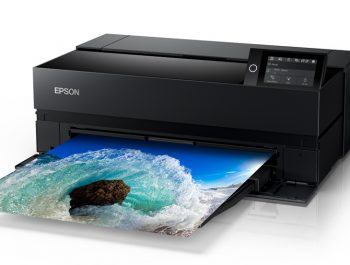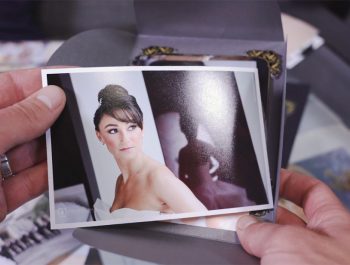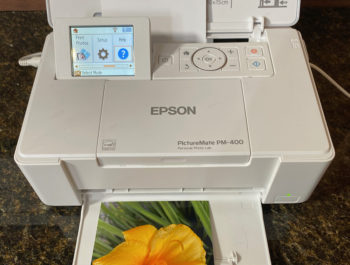Saving Your Memories – Make Prints
The Value of the Print
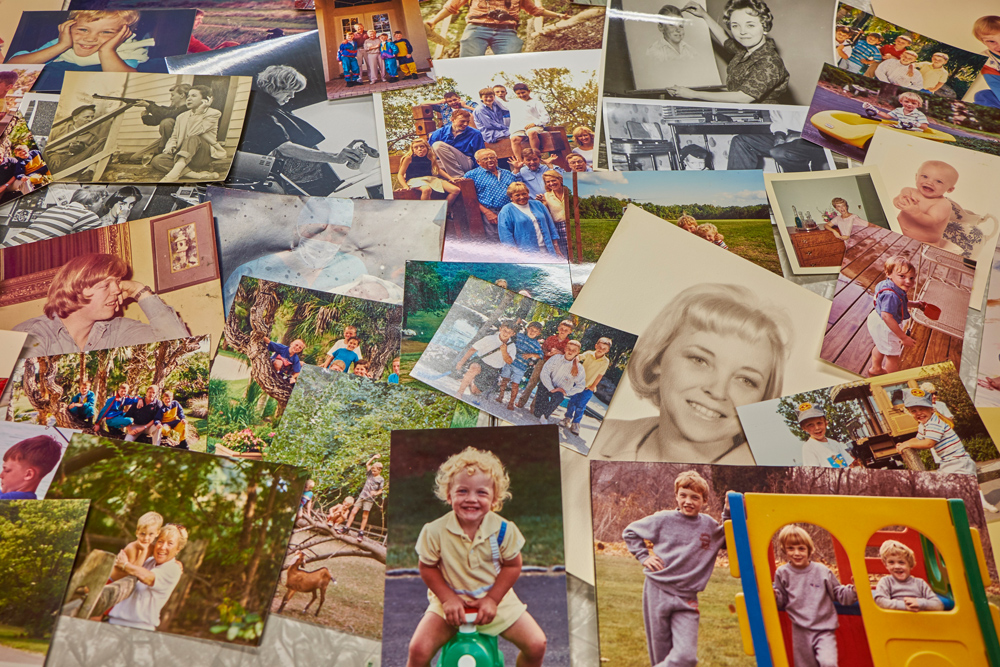
A few years back, with the death of my mom and dad, and now recently with my wife Debra’s father passing away from COVID-19, I have come to realize how important the print is to photography. We all have iPhones full of photos, yet how many of us have prints of the images that are memorable on those phones? We have become a swipe-and-see society. It’s time to change that. Here’s my story.
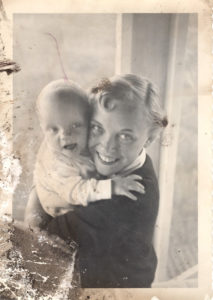
I have been a photographer all my adult life, beginning in the days of using film. Back then photography was all about the photo and especially about the print. Until about 1996 I shot all on film and owned a number of different cameras in various film format sizes. My kit included a Hasselblad, Mamiya RZs, a Nikon, an Olympus, a Leica, and even the APS camera, which were the last big thing in film cameras.
I had a busy photo studio, and my lab bill alone was over $250,000 USD. I shot a lot of film, both negative and transparency. I shot 35mm through 4×5 and the occasional 8×10. Except for the transparency film, everything shot on the negative film eventually found its way back to a print. The print could be a contact sheet, a 4×5 or 4×6 proof, and in the end, finished prints of up to 40×60 inches in size. Many of my transparency images made it to print, too, through Type “R”, Cibachrome, or C-prints via an internegative.
Back then, photography was all about getting to the print. We didn’t have social media, computers, the internet, or anything like what we have now. Yep, you have heard it before, some old guy preaching about the good ole’ days. Though you’d be wrong there. I was one of the first to fully embrace digital and to shoot only digital (around 1996). In many ways, in my career, I was a pioneer in regard to digital photography.
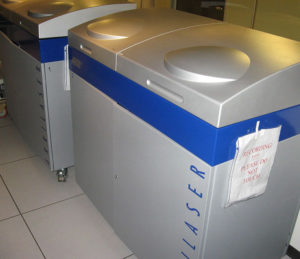
What happened, though, is that slowly I became won over by the dark side. I had a lot of digital files, and that is where they stayed. Way back then, if you wanted to have a print you’d have to write a negative from the digital file onto what was called a film recorder and then process the negative and print in a traditional method with an enlarger and chemicals. This was called Hybrid Digital Imaging. Kodak loved this time. They got to be leaders in digital

imaging and still retain their consumable film, paper, and chemistry model. With all the work involved just to get to a print, one can see why at that time we didn’t make too many.
There was a price to pay as a digital pioneer. The resolution of images was low, and the cameras were both big and expensive. Some were so big they had to be tethered to their own hard drives or a regular laptop. However, many photographers were seeing the light—digitally, that is. Color labs were adapting to a Hybrid Digital Workflow. While everyone saw digital photography coming, no one knew it was going to come so fast.
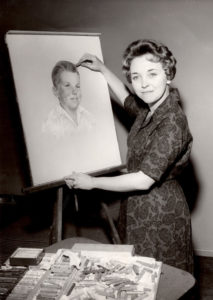
Photographers would shoot film, send it to the labs for processing and scanning, and then get the digital files back on a CD. (DVDs weren’t yet invented.) The photographer using early computers would show clients images on the computer and then crop and place an order using the computer. The files selected along with ordering and cropping data were sent back to the lab, where the film was kept rather than sent back to the customer. The lab loaded the roll of previously scanned film on a high-res scanner and then advanced to selected frames and rescanned them to high-res images. These images then went to high-end CGI Indy workstations, where they were retouched using the same programs that were being used for special effects in movies.
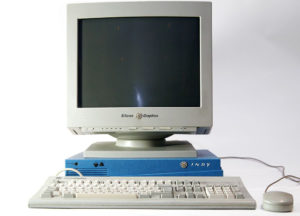
Photoshop was just becoming a program people were noticing. Then the images were cropped according to cropping data, and a new negative was written. That new negative was used to make the final prints, and eventually, the original file, the newly retouched negative, and the final prints were sent back to the customer. Yes, believe it or not, that was cutting-edge technology back then. It worked too. Eventually, CRT, LED, and laser printers that could expose photographic paper came into play. Inkjet technology was still relatively unknown, with its own set of inherent problems. As you can see a lot has changed in twenty years.
In my own photography life with this method, all my small prints and images were a thing of the past. My family photos were narrowed down to a few prints, and the bins of photos I had with family pictures in them now didn’t even fill a shoebox. I thought it was great until decades later.
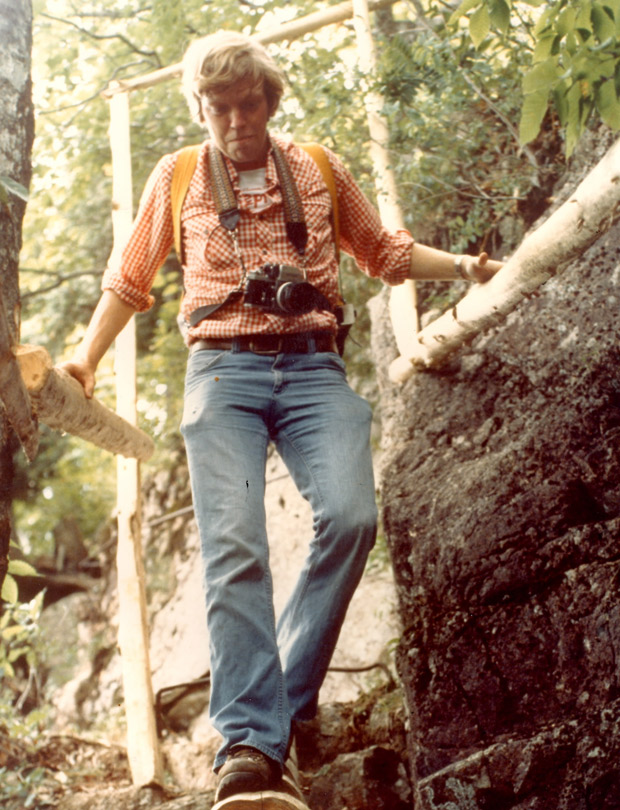
Zoom Ahead to the Present Day
We now live in a society that is moving fast and in which everyone has their nose stuck to their mobile devices. We are shooting and sharing photos all over the place, but we are not sharing them in the way we used to. I am now afraid that what I embraced so early has come back to haunt me. All my images, nearly 40 TB worth, are spread out among several different RAID storage devices. Everything is nicely tucked away in organized folders, sorted by keywords, tags, and years. I can find images using a number of criteria from the camera, lens, date shot, subject, etc. And all that is good as long as someone wants to see these images on a computer screen or mobile device like an iPad.
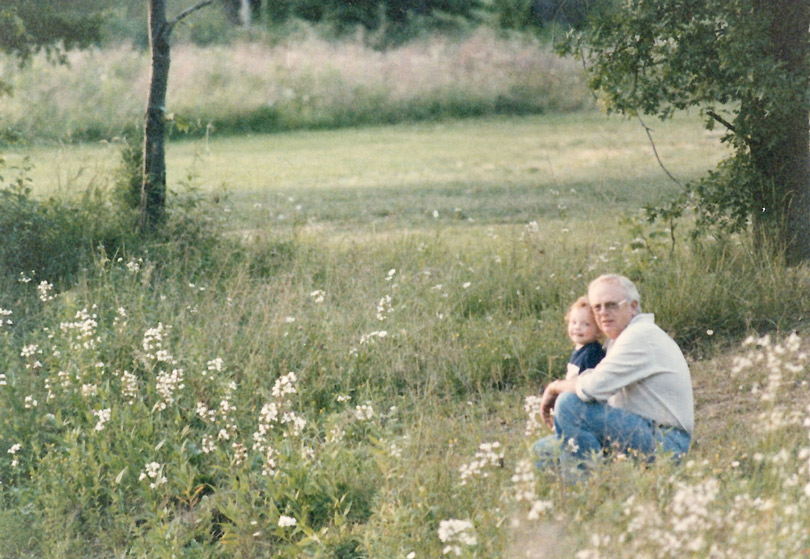
Honestly, I had gotten so caught up in this digital realm that I forgot what photography is all about. I have 93,801 photos and 688 videos just on my iPhone. These same images appear on my iPad and my Mac using the Photos app. I rest assured because they are backed up to the cloud, which didn’t exist until a few years ago. I can even type search words like “fire truck” in the Photos search field, and it finds all the fire truck pictures on my iPhone. I can find a photo on my iPhone that someone can look at and pinch to see up close. I can share my images on Facebook and Instagram, and get likes from thousands of friends I don’t even know. In the present day, I am happy, my friends who share their work this way are happy, and life is wonderful. Or is it?
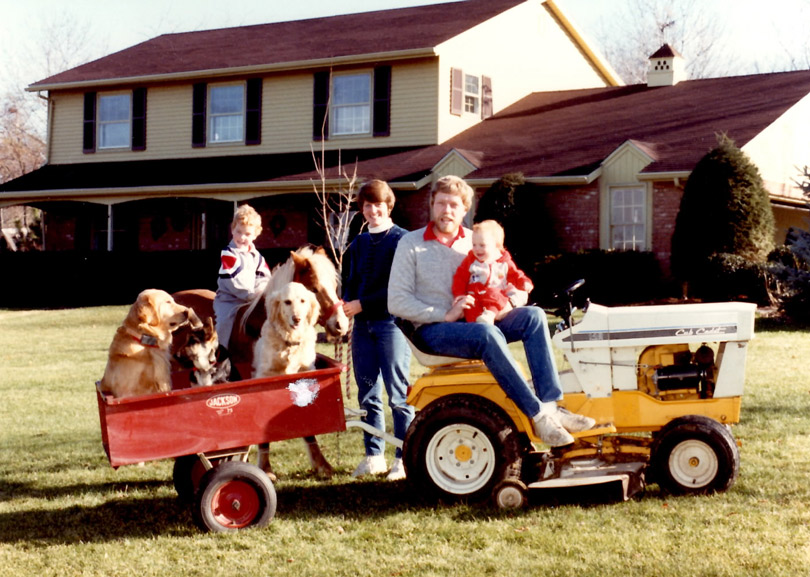
The Wake-Up Call
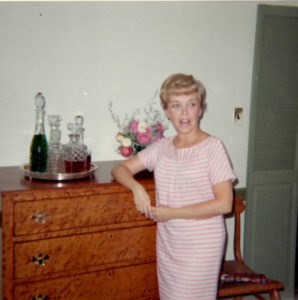
About six years ago my brother and sister and I had to move our mom into an assisted care facility. During this move, we had to make a lot of decisions about what stuff to get rid of, put in storage, and move to the new place. During the few days of doing this, we came across some boxes, like the old banker files, filled with photos of my parents, my sister and brother and me, and the family adventures we had. Some of these images were over sixty-five years old, which I knew because there I was as a baby in my mom’s arms (see above).
Wow, what a treasure trove of memories! It was unlike anything we were expecting, memories of us as kids and as adults during family visits later on—priceless photos. They were all disorganized and just thrown in a big box. The fun for us was digging through the images and dividing them up based on who was in them. We laughed and we cried as we dug deeper into the box. All of us were making large stacks of photos that we wanted to keep. That night was filled with memories and love and reminded us of how much fun we had when our kids were younger and the fun my brother and sister and I had when we were kids ourselves. I’m sharing some of these images in this article.
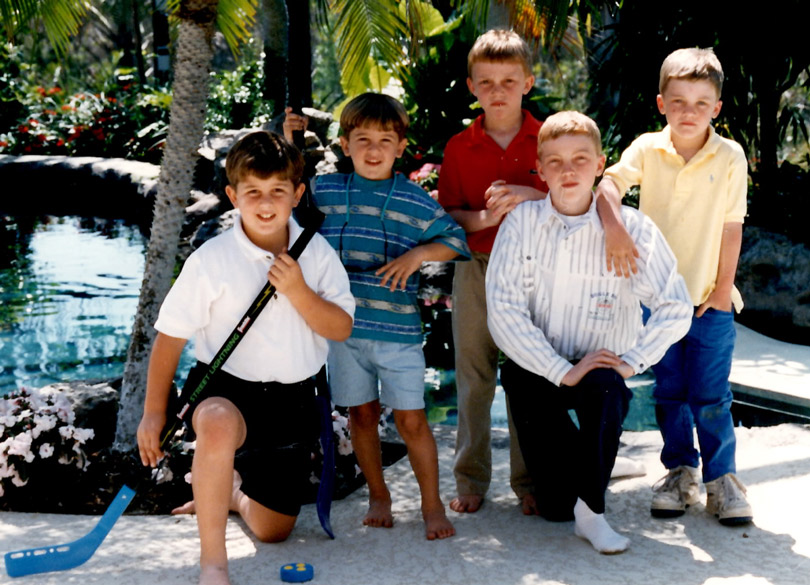
Later that evening I started to wonder what it would be like in twenty years if my kids had to move me into a care facility. What are they going to do—pass around my iPhone 25S Plus? Will it have 500,000 images on it? Will there even be a cloud? What happens to all these digital images? Have we forgotten what photography is all about? I doubt that there will be boxes of photos.
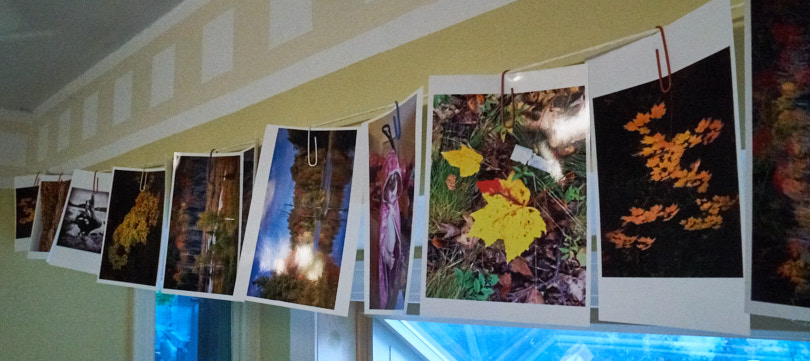
We have all heard the expression . . . You can have all the slides, negatives, and files of your work that you want, but when you die it’s the prints that hold the largest value.
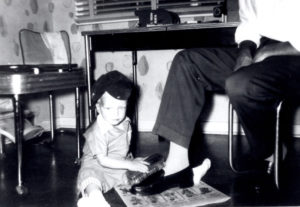
Today it seems people are more focused on getting old photos into a digital version than getting the digital version out to a print. I walk into camera stores and see magazine ads stating, “Send us your prints and we will digitize them.” I am now asking, “Why?”
As a result of that one evening, I went back to my roots and realized photography has always been about two things: the joy of taking the picture and the satisfaction of seeing it and hold it as a print.
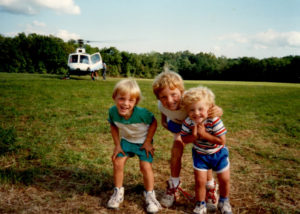
You can pass a print around. You can touch it. It has its own magic. It makes you remember; it makes you feel and think. As humans, we are meant to touch and hold. While many of the books I read now are on my iPad, there is still something totally satisfying about flipping through pages in a real hard copy. The same goes for a newspaper. I have all my newspapers delivered to my iPad, but when I travel and there’s a newspaper in the hotel lobby, I cherish it. There is something to be said for the feel of paper between your fingers. A few weeks ago I went out and bought the paper edition of the New York Times and sat on the back deck with my wife, enjoying getting our fingers all black with newsprint and trying to read the paper as a mild breeze tried to relieve us of it. Ahh, the good ole’ days.
All of this got me thinking and making new choices. First, I am going through my iPhone and Photos app, and I am selecting images and moving them into an album that will be printed. I intend to make 4×6 prints of these images and possibly make a few books from them. The Photos app makes it very easy to do this.
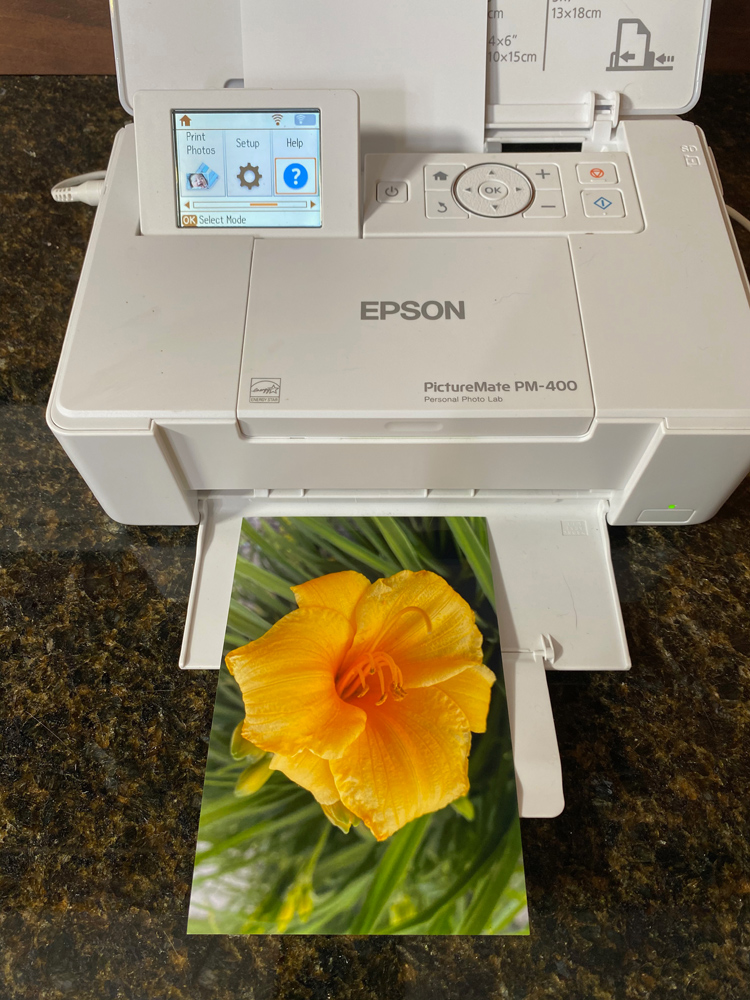
I bought an Epson PictureMate PM-400. It sits on a table in my basement along with the Epson P700. Both connect to my home network wirelessly. The PictureMate is a small device, and it allows me to make prints at any time I want, right from my mobile devices (iPhone and iPad) as well as from my laptop using the Photos app. Epson has a couple of good apps that allow for a bit of control in doing this. I’ll show you just how easy this is in one of the next articles.
That little printer is spitting out prints at all odd hours of the day. It’s not uncommon for me to sit down to watch a TV show and go through albums and images on my iPad. If I find a good one, especially ones with families or pets, I simply push the print button and at the end of the night go down to the printer and there they are. I load the printer with more paper, and it’s ready for the next round. It will take me a while to make up for all the lost time in printing, but every day I have a stack of images that are a lot more fun to view as prints than when they were on the iPhone and iPad.
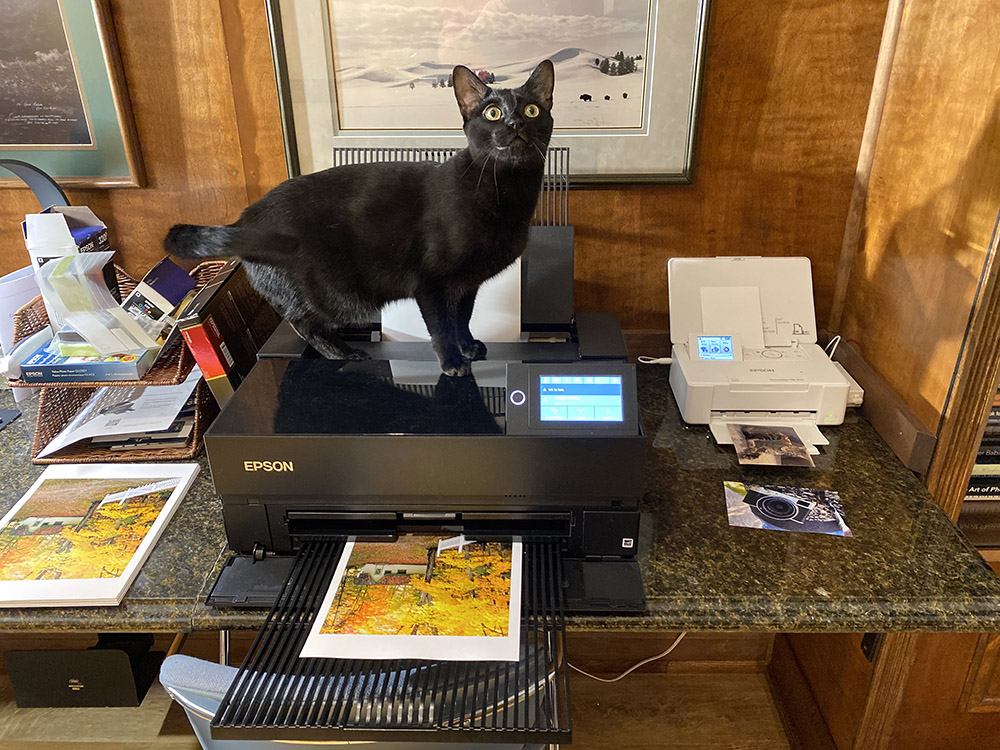
One of the next articles I will write is on the Epson PictureMate 400 (B&H, Roberts) and the new Epson P700 (B&H, Roberts). They will be focused on how we can all now print from home without all the complications that many perceive come with making prints. I’ll also highlight the newest version of epson Print Layout as well as apps on the iPAd and iPhone.
It’s a slow process and may take years, but one day I will have a box of images that my kids will have a chance to go through. I hope they will have an evening that was as emotional and happy as the evening my brother and sister and I had.
I’m suggesting you might want to think about the future and what kind of tactile record of your family you will leave around for the generations to enjoy. Do what I am doing and get back to making the prints.
It Doesn’t Stop Here
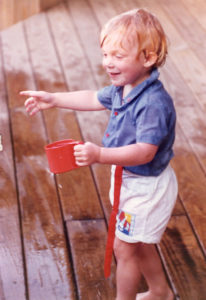
In upcoming articles, I’ll be focusing on printing my fine art photography. I have a lifetime of work that I have done of places around the world, as well as images of amazing people I was fortunate to cross paths with. I make a lot of prints already of my work. I have a nice work area and gallery to do all of this. In the studio, I have an Epson 9900 and P800, as well as a Canon Pro1000 and Pro2000.
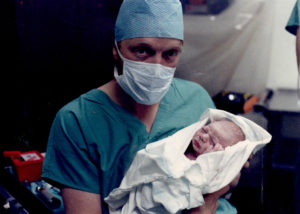
I am rethinking everything in this regard. How do I store prints? How should I price my work? Where can I display my work? I’ll be talking to a lot of different people on these topics, and we’ll be sharing our ideas with you here at PhotoPXL.
PhotoPXL we will be focusing on the importance of the print over the coming months. We will cover printers, software, paper, and all aspects of making a print. We have been busy with the continuing pandemic lockdown, working on a lot regarding printing, and it’s time we start sharing what we have been doing. Look for articles on the PictureMate 400 next, the new P700 and P900 printers from Epson, as well as others. I’ll focus a good part of this on printing at home from affordable printers.
It is easier than ever before to get started at making prints at home and our focus will be on that as well more advanced printmaking. I think this is going to be a fun journey and if you embrace it you’ll find all sorts of opportunity to preserve your family memories and heritage as well as staying busy with something during the Pandemic.
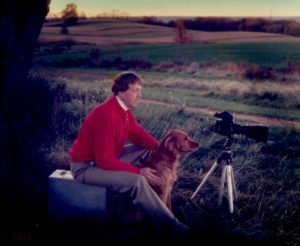
Also, we have been working with industry vendors and a curriculum for fine-art printing workshops. We look forward to the day when we can assemble in one room and for a few days focus on making prints. We’ll share the course outline with dates once we know it’s safe to be able to hold these workshops. I’m very excited about this.
If you haven’t started to make your own prints, perhaps you want to think about doing so. If you are already experiencing the joy of making prints, then our articles can help you evaluate what you are doing and how you are doing it.
We look forward to sharing the theme of The PXL Print.
My Old Darkroom
This is one of the photos I dug out of the box of prints. It’s my first color darkroom in 1975. Oh, those were some fun times.
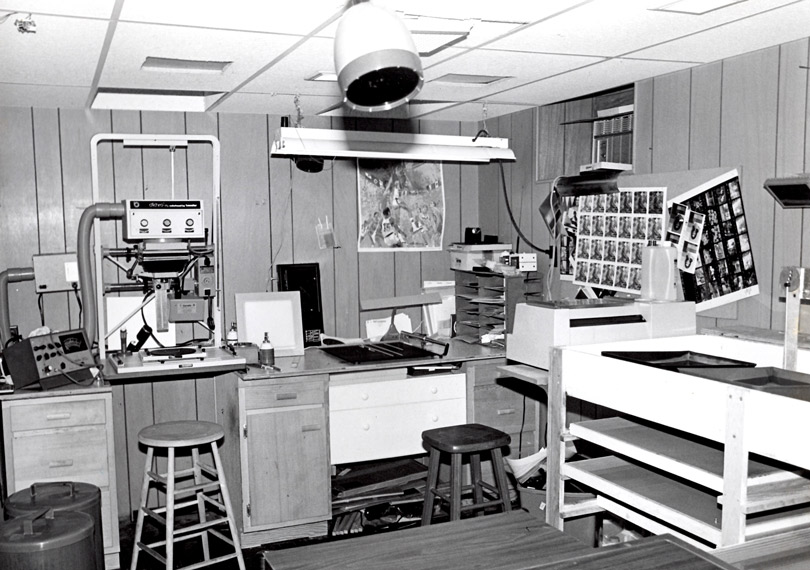
Take care and be safe.
Kevin Raber
June 2020
Indianapolis, IN
Photography is my passion and has been for 50 plus years. My career in photography has allowed me to travel the world, meet some of the most interesting people on the planet and see things I could never have dreamed of. My goal is to share the passion of picture taking through photographs and teaching with as many people as I can, hoping it brings them as much joy and happiness as it has me. I do this through photoPXL.com, this site, as well as Rockhopper Workshops, and other projects, as well as teaching as Artist In Residence at the Indianapolis Art Center.






